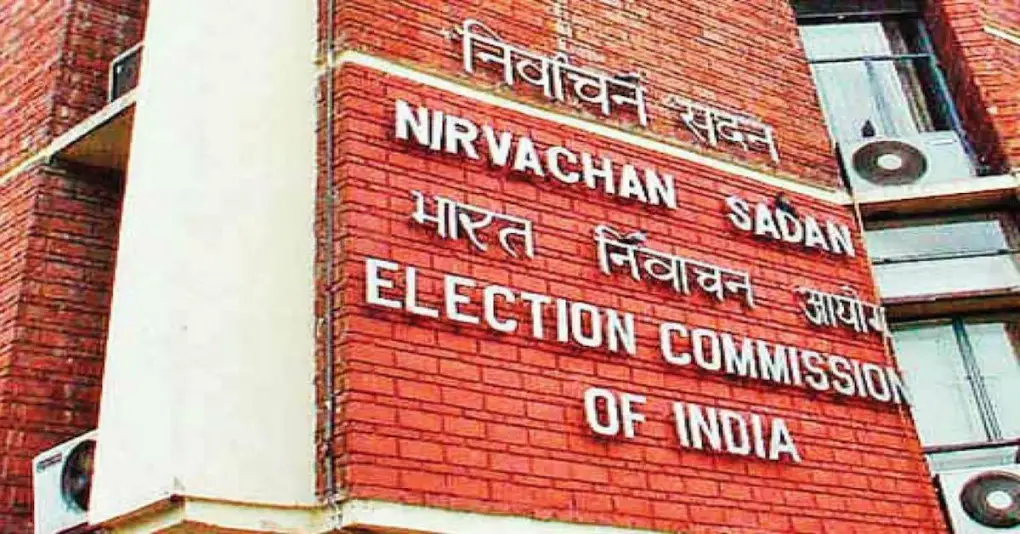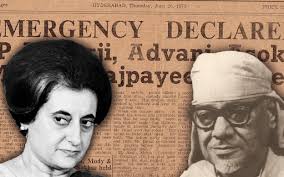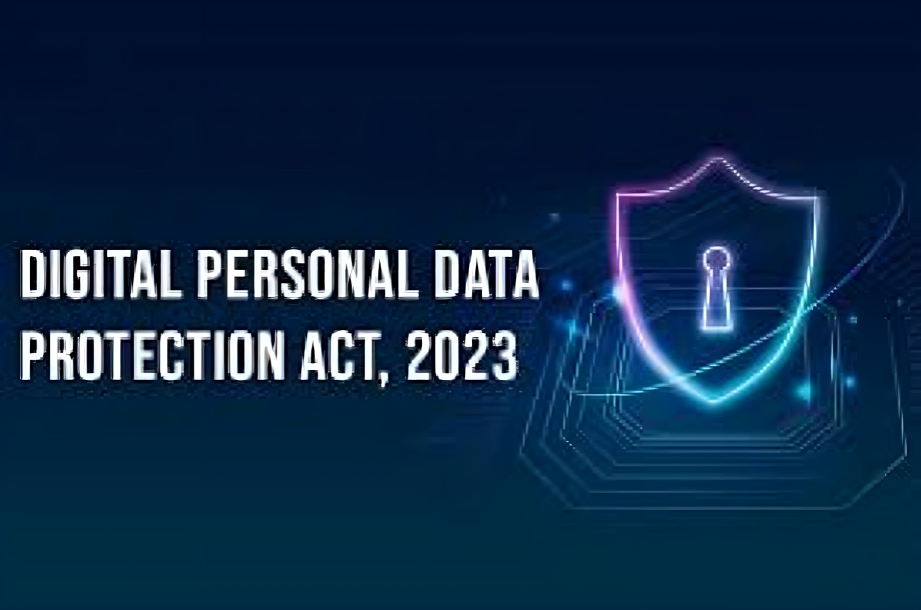
The Digital Personal Data Protection Act (DPDPA) of India marks a historic shift in how the Indian legal and corporate ecosystem handles individual privacy and personal data. This Act, which received the assent of the President of India in August 2023 and notified in 2024, aims to balance the rights of individuals to protect their personal data and the need to process such data for lawful purposes. The Act lays the foundation for a structured data protection regime that holds immense relevance in the age of artificial intelligence, surveillance capitalism, cloud computing, e-commerce, digital governance, and rising cybercrimes. This comprehensive article discusses the Act, its provisions, current status in India, the procedural framework for compliance, and the strategic legal roles that corporate lawyers can play within its ambit.
Overview and Background of Digital Personal Data Protection Act
India’s journey towards personal data protection formally began with the landmark judgment in Justice K.S. Puttaswamy vs Union of India (2017), where the Supreme Court declared the Right to Privacy as a fundamental right under Article 21. Following this, several iterations of the draft Personal Data Protection Bill were proposed from 2018 to 2022. However, after much debate and stakeholder feedback, the government withdrew the 2019 draft and finally introduced the Digital Personal Data Protection Bill, 2023. It was passed in both Houses of Parliament in August 2023.
The Act provides a comprehensive regulatory structure for handling digital personal data in India, ensuring individuals have clear rights over their data, including the right to access, correct, erase, and control its processing. The law establishes obligations for data fiduciaries (companies, governments, institutions) and processors, introduces a grievance redressal mechanism, and creates a regulatory authority known as the Data Protection Board of India.
Scope and Applicability of the DPDPA
The DPDPA applies to the processing of digital personal data collected in India or data processed outside India if it is in connection with profiling or offering goods or services to individuals within India. This applies regardless of whether the processing is done by the government, private entities, startups, or multinational corporations.
Personal data is defined broadly as any data about an individual who is identifiable by or in relation to such data. This includes names, phone numbers, email addresses, biometrics, Aadhaar numbers, financial information, and even inferred data obtained through algorithms or profiling.
The law exempts non-automated processing and small data fiduciaries (with certain conditions), thereby reducing the compliance burden on small businesses. However, it still requires them to process data fairly and lawfully.
Key Definitions in the Digital Personal Data Protection Act
Some of the important terms and concepts defined under the DPDPA include:
Data Principal: The individual to whom the personal data relates
Data Fiduciary: The entity (company, government body, institution) that determines the purpose and means of processing personal data
Data Processor: An entity that processes data on behalf of a data fiduciary.
Consent Manager: A person or platform registered with the Board to manage data principal’s consents. These definitions form the backbone of the compliance regime and determine the roles, responsibilities, and liabilities of parties handling personal data.
Rights of Individuals under the DPDPA
The Digital Personal Data Protection Act empowers Indian citizens with several critical rights over their personal data:
1. Right to Access: Data principals can request summaries of their personal data held by a fiduciary, processing details, and sharing history.
2. Right to Correction and Erasure: Individuals can ask for correction of inaccurate data and erasure of data that is no longer necessary.
3. Right to Grievance Redressal: Every fiduciary must establish a proper redressal mechanism and respond within a stipulated time.
4. Right to Nominate: A data principal can nominate another person in case of death or incapacity to exercise their rights. These rights promote individual autonomy and reinforce the idea of personal data as an extension of the individual self
.
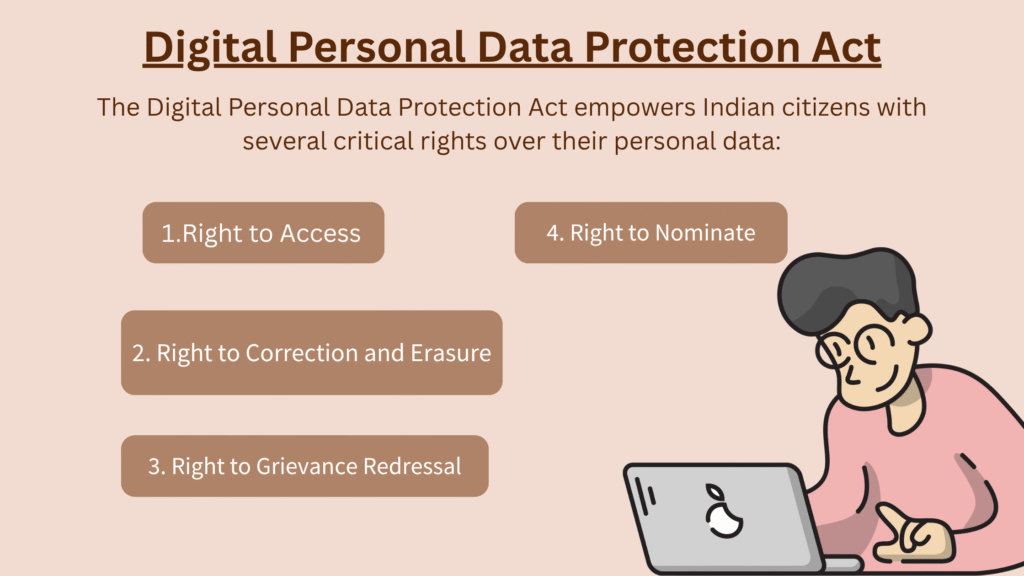
Obligations of Data Fiduciaries
All data fiduciaries are required to:
(1) Obtain valid and informed consent before processing data. (2) Process data only for the purpose for which consent was obtained. (3) Implement reasonable security safeguards to prevent data breaches. (4) Maintain transparency and accountability. (5) Provide notices in simple language regarding data processing practices.
Additionally, the law introduces the concept of Significant Data Fiduciaries (SDFs), who are subject to higher compliance standards such as conducting Data Protection Impact Assessments, appointing a Data Protection Officer, and regular audits. Criteria to designate SDFs include volume of data processed, sensitivity of data, risk to rights, and turnover of the company.
Grounds for Processing of Personal Data
Personal data can be processed under the following grounds:
With the free, informed, specific, and unambiguous consent of the data principal, For certain legitimate uses like government subsidies, employment, emergency services, law enforcement, and legal obligations – consent must be revocable and given through an electronic or physical consent form. It must clearly mention the purpose and specify what data will be collected and how it will be used.
Cross-Border Data Transfer :- The DPDPA allows cross-border transfer of personal data by default but empowers the central government to restrict transfers to specific countries by notification. This is a more liberal stance compared to earlier drafts which had mandated data localization. It seeks to strike a balance between enabling global commerce and protecting national interests.
Establishment and Role of the Data Protection Board of India
The Act creates the Data Protection Board of India as the adjudicating body to enforce the provisions of the Act. The Board is empowered to:
(1) Inquire into data breaches and impose penalties.
(2) Direct data fiduciaries to take corrective action.
(3) Entertain complaints filed by data principals.
(4) Enforce the right to grievance redressal.
(5) Conduct hearings and issue binding orders.
The Board is designed to function digitally, promoting quick and efficient resolution of disputes and enforcement of data rights.
Penalties and Consequences for Non-Compliance
The DPDPA introduces a penalty-based regime instead of the criminal punishment framework seen in older drafts. Companies can be fined heavily for:
Breach of personal data: Up to 250 crore rupees,
Failure to protect children’s data: Up to 200 crore rupees,
Non-fulfilment of duties by Significant Data Fiduciaries: Up to 150 crore rupees,
Failure to respond to grievances or data principal requests: Up to 50 crore rupees,
These monetary penalties ensure corporate compliance while preserving the ease of doing business in India.
Present Situation and Implementation Status in India
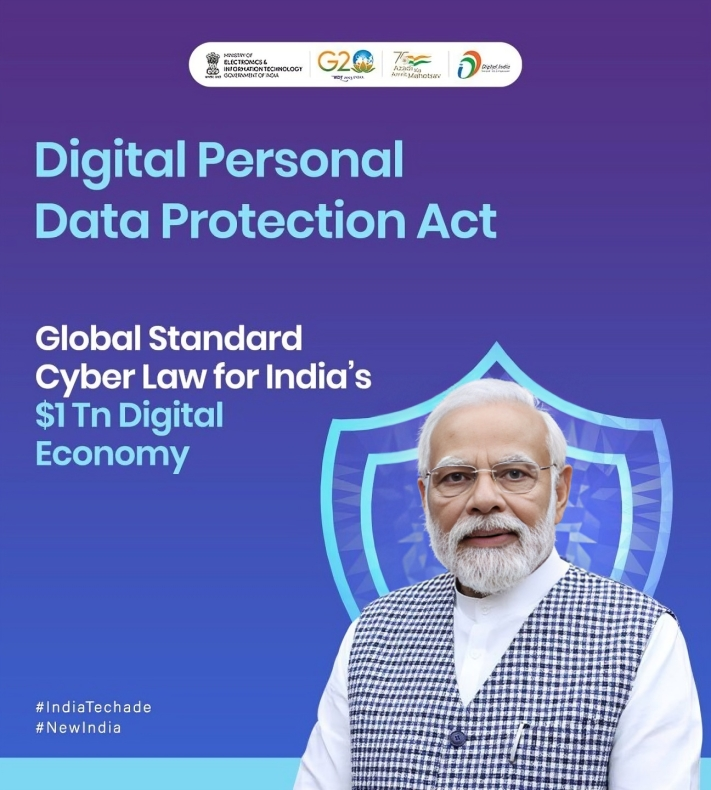
As of June 2025, the government has notified certain sections of the DPDPA, especially relating to the establishment of the Data Protection Board and operational procedures for SDFs. Draft rules for implementation and guidelines for companies are under stakeholder consultation. The government has made it clear that there will be a transition period of six to twelve months for full compliance.
Many large Indian IT companies, banks, and foreign corporations are already appointing Data Protection Officers, conducting Data Protection Impact Assessments, and redesigning consent architecture. Awareness campaigns are underway to educate users and companies alike. However, there are challenges in terms of lack of skilled data privacy professionals, outdated IT infrastructure in government departments, and confusion regarding overlapping IT laws.
Startups and MSMEs are demanding clarity on thresholds and practical exemptions. The Data Protection Board is expected to become functional by late 2025, after which enforcement will begin in earnest.
How Corporate Lawyers Can Work on DPDPA
Corporate lawyers have a pivotal role in ensuring that organizations comply with the DPDPA. Their expertise is required at multiple stages from compliance advisory to dispute handling. The following are key areas of involvement:
1. Drafting Privacy Policies and Consent Forms: Corporate lawyers must draft legally sound and DPDPA-compliant privacy policies, employee data processing disclosures, and consent templates in multiple languages for websites, apps, and contracts.
2. Conducting Data Audits and Due Diligence: Lawyers work with internal audit teams and IT consultants to map data flows, identify high-risk data, and assess vulnerabilities. They prepare gap analysis reports and roadmaps for compliance.
3. Advising on Cross-Border Data Transfers: When companies store or process data in foreign jurisdictions, lawyers advise on country-specific data transfer laws, adequacy decisions, and draft Standard Contractual Clauses to meet DPDPA standards.
4. Legal Compliance Training and SOPs: Corporate lawyers prepare manuals, training materials, and conduct compliance workshops for staff. They develop Standard Operating Procedures (SOPs) for grievance redressal, breach reporting, and rights management.
5. Representing Companies before the Data Protection Board: Lawyers represent companies in cases of complaints or penalties before the Board, prepare responses, defend their client’s data practices, and file appeals if required.
6. Drafting Contracts with Data Processors and Vendors: Corporate counsel must review vendor agreements, IT services contracts, and outsourcing deals to ensure that data processors have adequate data protection obligations.
7. Handling Data Breaches and Notification: Lawyers play a crucial role during data breach incidents. They guide the response team, notify the Board and affected data principals, and prepare legal statements and reports.
8. Due Diligence in Mergers and Acquisitions: Data protection compliance now forms a key part of M&A due diligence. Corporate lawyers must assess whether the target company has complied with DPDPA, especially for data-heavy sectors like fintech, e-commerce, and health tech.
Step-by-Step Procedure for Corporate DPDPA Compliance
The following steps outline a practical corporate compliance plan under DPDPA for any mid to large-sized company:
Step 1: Data Mapping
Identify what personal data is collected, how it flows through the organization, where it is stored, and who has access.
Step 2: Classification of Data
Categorize data based on sensitivity, risk, purpose, and duration of storage. Mark children’s data and financial data with additional safeguards.
Step 3: Consent Architecture
Design consent requests on websites, mobile apps, and employee onboarding processes. Ensure the language is clear, purpose-limited, and revocable.
Step 4: Drafting of Policies
Prepare or update privacy policies, internal IT policies, employee data use policies, grievance redressal mechanisms, and breach reporting SOPs.
Step 5: Data Protection Officer Appointment
Appoint a DPO (mandatory for SDFs), train the DPO and compliance team on legal obligations and technical risk management.
Step 6: Grievance Mechanism
Establish a proper mechanism through websites, apps, or consent managers to handle data principal grievances within a fixed timeframe.
Step 7: IT Infrastructure and Cybersecurity
Work with cybersecurity experts to ensure that data is encrypted, anonymized where needed, and protected by firewalls, access controls, and secure cloud protocols.
Step 8: DPIA and Risk Management
For large data projects, conduct Data Protection Impact Assessments to foresee harm to individuals and mitigate risk.
Step 9: Training and Awareness
Train staff across departments on DPDPA obligations, phishing risks, and handling of sensitive information.
Step 10: Legal Review and Periodic Audits
Schedule regular compliance audits and update all legal documents periodically in line with changing rules and global best practices.
DPDPA and its Relationship with Other Indian Laws
The DPDPA operates in harmony with other Indian laws such as the Information Technology Act 2000, Indian Penal Code, and sectoral laws like the RBI data guidelines and the Telecom Regulatory Authority rules. However, in case of conflict between DPDPA and other laws, DPDPA will prevail to the extent of data-related matters.
The Act does not cover non-personal data or anonymized data. Also, it does not apply to journalistic or personal household use of data. Lawyers must navigate these overlaps carefully to avoid dual compliance issues.
Future Prospects and Challenges
The successful implementation of the DPDPA will hinge on the clarity of rules issued by the central government, the agility of the Data Protection Board, and the ecosystem readiness of Indian companies. With India aiming for a five trillion-dollar digital economy, robust data governance is key to international trust and partnerships.
Challenges include low awareness in rural areas, digital illiteracy, high compliance costs for startups, enforcement capacity of the Board, and balancing national security interests with privacy rights.
India also needs to work on developing bilateral and multilateral data transfer agreements and join global frameworks like the Global Cross Border Privacy Rules Forum.
Conclusion
The Digital Personal Data Protection Act is a landmark law that changes the landscape of privacy and data regulation in India. It empowers individuals, compels organizations to build robust privacy systems, and creates new legal opportunities for lawyers, data experts, and compliance professionals. Corporate lawyers, in particular, play an indispensable role in ensuring organizational readiness, drafting compliant frameworks, mitigating risk, and defending client interests before the regulator. With the right legal frameworks, India can become a global leader in ethical digital governance and privacy innovation.



